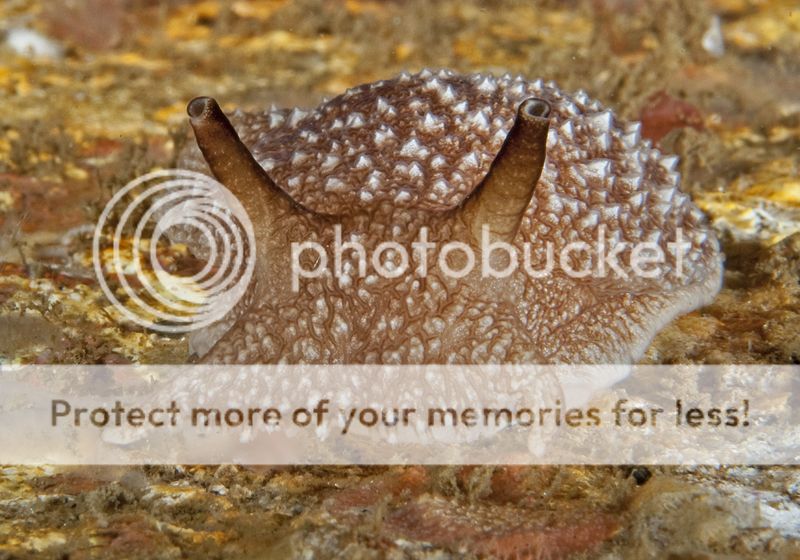|
Posted by Merry on August 27, 2012 at 12:57:10:
Vis is improving, in part perhaps to legions of filter-feeding pelagic animals that did their job well. We observed over 30 species of gelatinous animals this year, but their bounty seems to have run its course in the nearshore midwater. As a result, I've been forced to touch bottom occasionally. 






On Sat., Pyrosoma atlanticum filled the water over the barge. Neither Phil nor Kevin had ever seen them in such numbers, and no other species of jelly was present. In one view, I could count 6 - 8 consistently, as they appeared to be drifting along in formation.

Pyrosoma is a pelagic, colonial tunicate made up of hundreds of individual zooids. Each tiny zooid sieves food from the water through its pharyngeal basket. (From my photo, you can barely make out the baskets, but Kevin's images show them beautifully - link below). The blue projections on the side of the cylinder create still water around the colony, which may make it easier to draw in water. Not having a true macro lens, this is the best I could resolve the zooids.

Water expelled from hundreds of zooids jets out the common lumen, propelling the colony along. How do the zooids arrange themselves to form a perfectly symmetrical tube? Why don't we ever see a rogue pyrosome shaped like a saguaro cactus?

The business end of Pyrosoma also eliminates waste products. Cool, huh?

This Mitrocoma cellularia appears to be dining on a tattered salp. Note the frilly lips of the mouth, which are firmly spread over the top of the salp.


I don't think the isopod intended to be a guest of this siphonophore.

The stomach of Aequorea victoria is full of salps - their orange guts are visible.

| 
